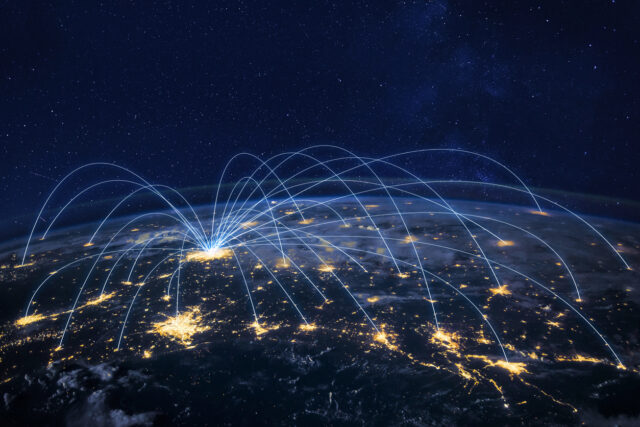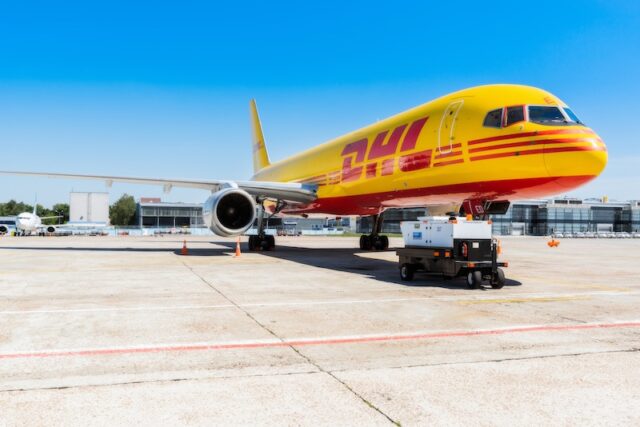The worldwide shipping sector suffered a cataclysmic shock in 2020 with the advent of the COVID-19 pandemic. Container prices surged, delays spiralled from days to weeks to months, and the highly distributed global model of just-in-time delivery came grinding to a halt.
Now, almost four years later, the freight industry is starting to show signs of clawing its way back. Surging oil prices from the war in Ukraine, a looming recession, and the after effects of a US-China trade war all slowed recovery. Slowly but surely, however, global supply chains have recovered, pivoted, and restructured to thrive again.
Back to square one: supply chain disruptions are the new normal
We’re only a few months into the new year, and new pain points already threaten to push global supply chains backwards into situations that feel an awful lot like mid-2020.
On top of economic uncertainty, disruptions to global shipping lanes sent shockwaves through supply chains at the start of 2024.
Two of the world’s busiest waterways are both experiencing serious disruptions, with both the Panama and Suez Canals handling less traffic.
$4 million for a fast pass through the Panama Canal
In Panama, a once-in-a-generation drought brought water levels at critical points along the waterway to half its usual level. As a result, cargo traffic dropped from an average of 36 to 38 ships per day in the past to approximately 18 in February. Lower water levels also mean ships cannot pass through the canal as heavily loaded as before.
Paul Snell, chief executive officer of British American Shipping, told Fortune in December that “We face less capacity, more trips, higher costs and a less efficient supply chain.” Reports indicate that, at the end of 2023, some tanker captains were paying up to $4 million to jump the queue to pass through the canal. Others risked the weeks-long, dangerous voyage round either the Horn of Africa, or the southernmost tip of South America to reach their destinations.
Troubled waters in the Red Sea
Over 22,000 ships passed through the Suez canal in 2022. This year, that number is expected to be much lower.
The Houthis, acting in response to Israel’s genocidal assault on Gaza, hijacked a series of Israeli-owned cargo ships in the Red Sea. While the attacks were carried out without loss of life, they provoked a sizable response from the US and UK armed forces, and disrupted trade through the world’s busiest waterway.
Global slowdown triggers price increase
The effect of water shortages in Panama and conflict in the Suez have been profound. A United Nations report found that traffic is down by more than 40% in both the Suez and Panama canals compared to their peak operating rates.
The result of less traffic, ships travelling longer distances, and increased risk of disruption is a severe rise in the price of container freight.
In Q4, the worldwide cost to ship a 40-foot container nearly doubled compared with November of 2023. The US’ nine largest ports experienced a 13% decline in the total number of twenty-foot equivalent units handled compared to the previous year, and C.H. Robinson, the country’s largest freight broker, reported that fourth-quarter revenue and earnings fell 17% and 68%, respectively year-on-year.
The report advises that organisations “importing from or exporting to South America, the Far East or the Middle East via either [the Suez or Panama canal] should plan for the incremental cost and time requirements to use alternative shipping routes and modes.”
Even if the disruptions in the Suez and Panama are resolved, the first half of 2024 will be defined by higher shipping prices and increased disruption. The UNCTAD’s report confirms that “Container freight rates on Asia–Pacific to Europe routes have risen sharply since November 2023,” with weekly rate spikes for single containers of $500 observed in the last week of December 2023. “Average container shipping spot rates from Shanghai in early February 2024 more than doubled – up by 122% compared to early December 2023. The rates from Shanghai to Europe more than tripled, jumping by 256%.”
- Risk & Resilience
- Sourcing & Procurement










